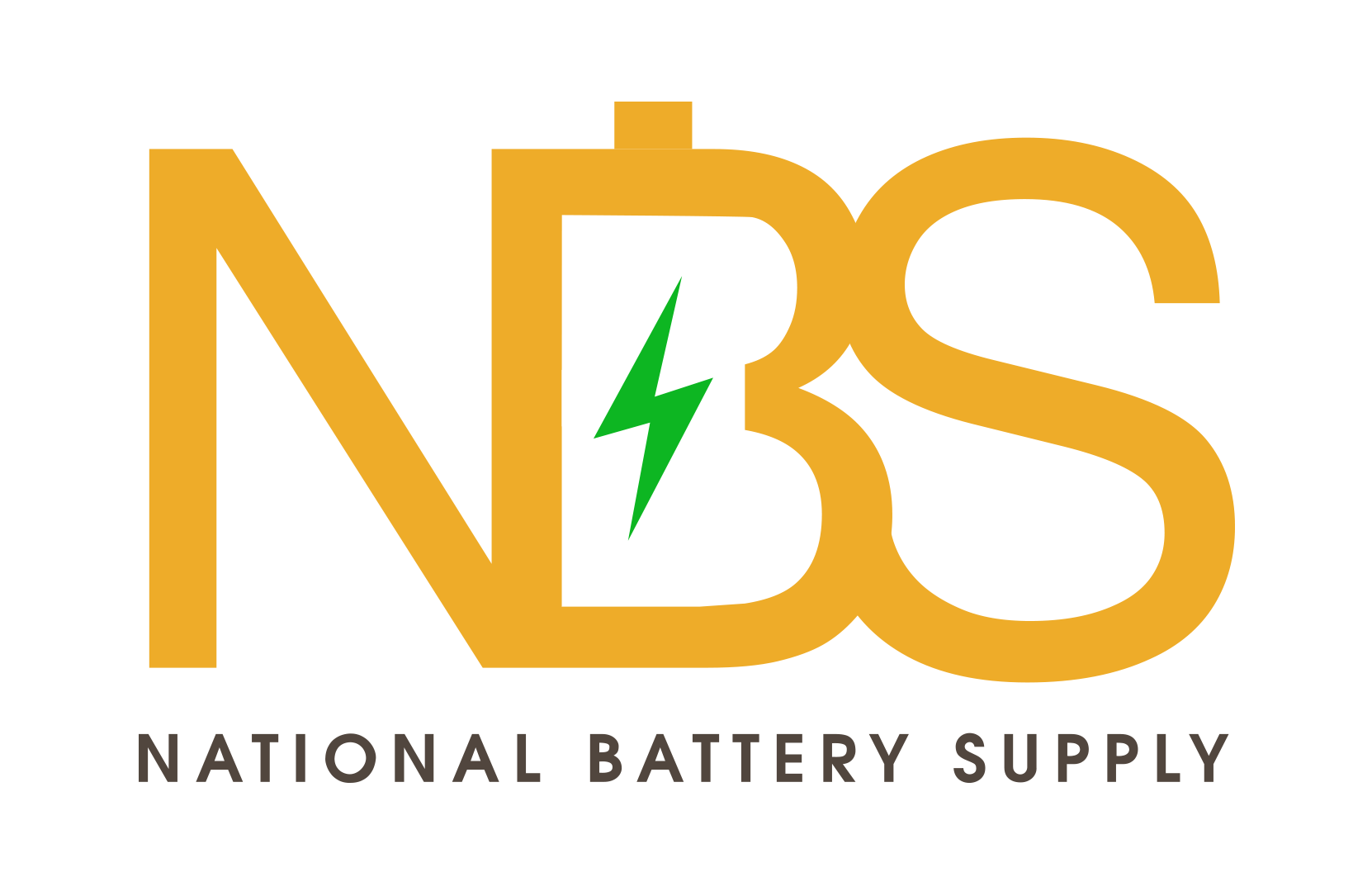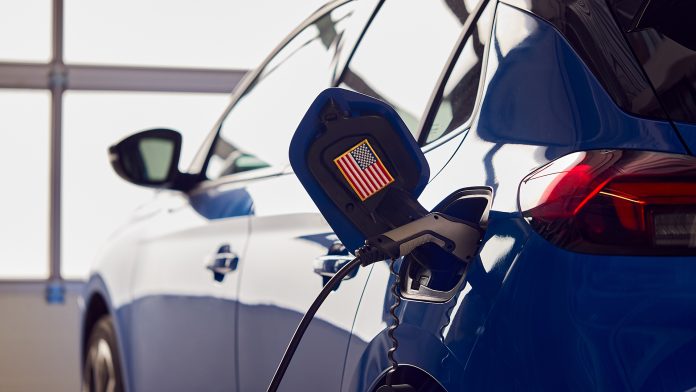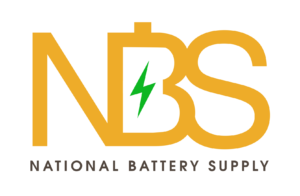How to boost EV battery production, uptake, policy, and infrastructure
A new report from Troutman Pepper has outlined critical strategies for boosting EV battery manufacturing, adoption, regulations, and infrastructure across the US.
The “Driving Change: Scaling up EVs in the US” report warns that outdated and insufficient infrastructure, combined with lacklustre environmental regulatory programmes, is slamming the brakes on domestic EV battery manufacturing and consumer uptake.
Barriers to EV scale-up in the US
Federal incentives, growing consumer demand, and supportive policies fuel the automotive industry’s push to ramp up EV production and adoption.
This surge in demand has resulted in a record number of EVs hitting the roads. Businesses, consumers, and policymakers are increasingly united in supporting this growth.
However, further scaling requires significant changes to infrastructure and environmental regulations.
The report emphasises the necessity of a comprehensive upgrade and expansion of charging station infrastructure alongside a supportive regulatory framework for establishing new EV battery and vehicle manufacturing facilities in the US.
Despite substantial federal incentives, auto manufacturers face challenges navigating complex infrastructure permitting rules, exacerbated by varying interpretations and implementations of federal policies at the state level.
Moreover, the report underscores the pressing need for expedited permitting processes for expanded EV battery manufacturing facilities, as well as concerns regarding workforce skills, technology, machinery, and raw materials required to sustain the industry’s desired growth.
Dan Anziska, Partner at Troutman Pepper, explained: “A lot needs to happen for EVs by 2026 to be widely adopted. That includes speeding up the permitting process for battery gigafactories and speeding up manufacturing facilities.
“It is expensive and time-consuming to build a massive gigafactory, as well as being reliant on many suppliers, and there are so many that have been announced. There’s competition for everything from labour to equipment and resources.”
Optimising the EV landscape
The EV experts involved in the report have outlined four key recommendations to advance the EV sector in the US.
Expand the public charging network
To ensure efficient charging station operation, states must clarify the roles between electric utilities and non-utility operators.
Regulatory bodies should confirm that non-utility operators won’t be deemed public utilities, fostering a competitive environment.
Provide clarity on environmental rules for EV battery factories
Regulatory ambiguity can hinder investments in new battery plants. Policymakers are urged to clarify regulations, particularly concerning chemical component imports, manufacturing, and recycling processes, to spur innovation in battery management.
Streamline approval processes for key battery chemicals
The EPA should expedite approvals for chemicals used in EV battery manufacturing, leveraging available information to make informed decisions.
Clear guidelines on wastewater management under existing standards would further streamline the process.
Encourage innovation and collaboration in battery recycling and disposal
Collaboration is key for developing best practices in EV battery recycling, including shredding operations management.
Establishing uniform environmental permitting programs for battery recycling will enhance efficiency and sustainability.
Efforts to supercharge EV sales require addressing infrastructure and regulatory bottlenecks. With the right mix of public policy, investment, and innovation, the EV sector can realise its full potential.


